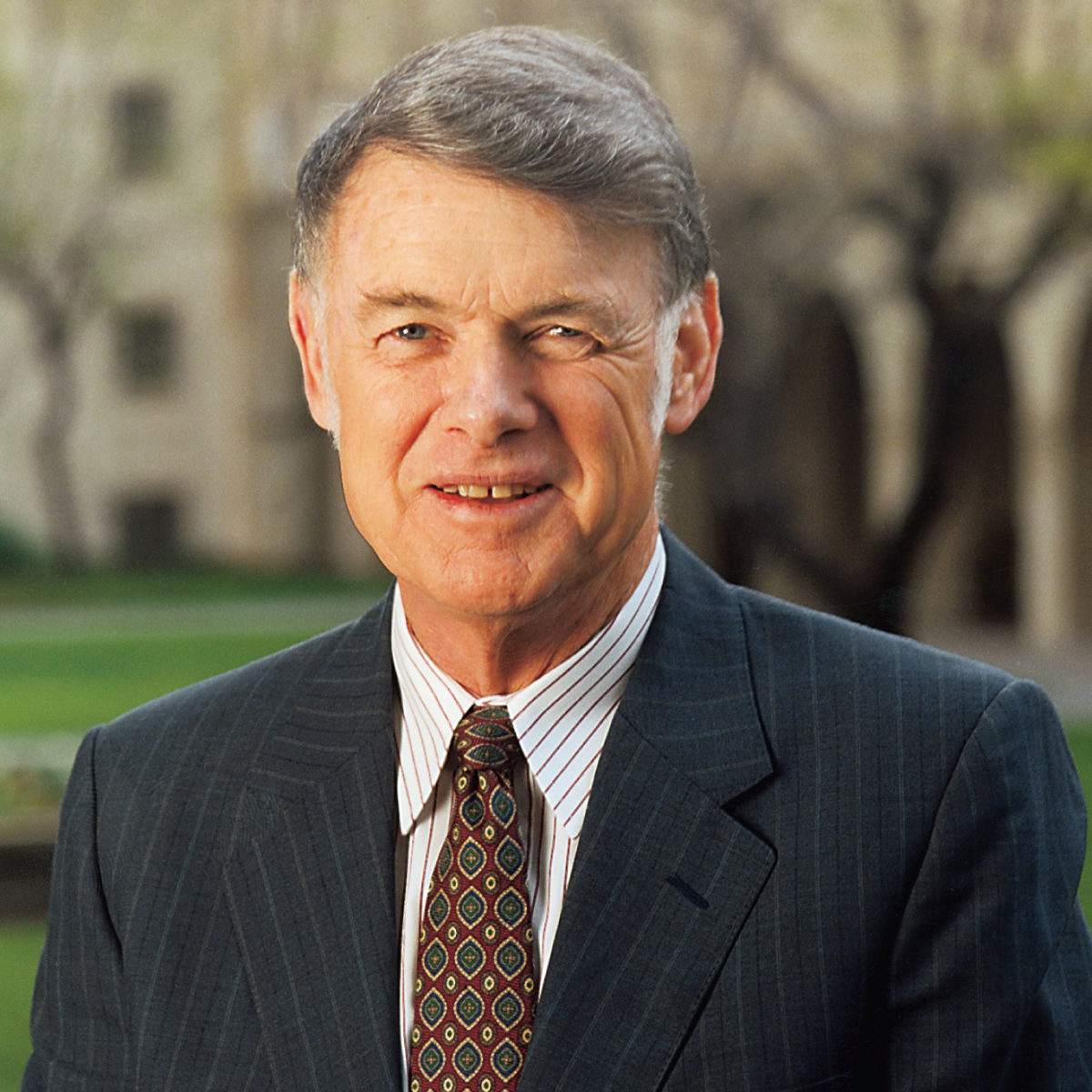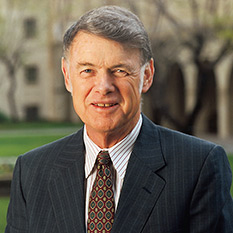
Bruce Murray
Board of Directors, The Planetary Society
Co-Founder of The Planetary Society
Emeritus director of NASA’s Jet Propulsion Laboratory and former professor of Geological and Planetary Sciences at the California Institute of Technology, Planetary Society co-founder Bruce Murray changed the way we see our solar system.
To honor his insistence that planetary missions take photos for the benefit of the public, as well as for scientists, The Planetary Society created the Bruce Murray Space Image Library. This online library is a treasure trove of scientific and amateur-processed space images, artwork, and diagrams; it’s a journey through time and through the world’s space agencies.
Dr. Murray understood the value of pictures – to science and as a way to encourage imagination among the public, to get them to act in support of space exploration. He made images a central part of his work – as director of JPL (1976 to 1982) and as cofounder, with Carl Sagan and Louis Friedman, of The Planetary Society, where he served as director for 16 years with Dr. Sagan and then as president for another five years.
He graduated with a PhD in geology from the Massachusetts Institute of Technology, served in the US Air Force for two years and then worked as a petroleum geologist for Standard Oil until, in 1960, he moved to Caltech and turned his geological gaze to the Moon and planets.
There, he helped develop and interpret television images of the first successful Mars probe, Mariner 4 (1965); the subsequent Mars flybys, Mariners 6 and 7 (1969); the first successful Mars orbiter, Mariner 9 (1971-72); and the first probe to Mercury (by way of Venus), Mariner 10 (1974-75).
Heading up a 5,000 person operation at JPL, Dr. Murray led an extraordinary program with the Viking landings on Mars, the twin Voyagers encounters at Jupiter and Saturn, and the starts of Galileo to Jupiter and Magellan to Venus.
After returning to teach full-time at Caltech in 1985, he worked on the science side of the USSR’s Phobos '88 mission to Mars, and also established linkages between Caltech and Soviet space institutions. He also built international bridges among the scientists and people of other countries in his role at The Planetary Society.
He enlisted the support of Planetary Society Members to fund a range of programs, from the development of a Mars balloon in collaboration with French and Russian scientists, to the Search for Extraterrestrial Intelligence (SETI) when U.S. government support for it at NASA was curtailed, to the search for exoplanets at a time when it was relegated to the sidelines.
Dr. Murray was a visiting Professor at the University of Paris, a Visiting Associate at Tsinghua University in Beijing, and a Visiting Professor in Japan at the Institute for Space and Astronautical Sciences. He served as an interdisciplinary scientist on several Russian Mars missions and participated on the Soviet-French Venus-Halley mission. He served as Director of Kerr-McGee Corporation, as a member of the NASA Advisory Council, Chair of the COMSAT Technical Advisory Council, a member of the ARCO Scientific Advisory Council and of the Scientific Advisory Committee of the Defense Intelligence Agency.
Dr. Murray died on August 29, 2013. In addition to the remarkable legacy described above, he leaves our world with more than 100 professional articles about planetary science and technology; six sole or co-authored books, including Journey Into Space (1989, W.W. Norton), and an award-winning educational film, Mars Minus Myth (released in 1973 and revised in 1977), for which he was associate director.
Bruce Murray (1931-2013)
One of the most remarkable minds of 20th century exploration was stilled this morning, August 29, 2013, when Bruce C. Murray died of Alzheimer’s disease at the age of 81. The Planetary Society owes its existence to Bruce.


 Explore Worlds
Explore Worlds Find Life
Find Life Defend Earth
Defend Earth


